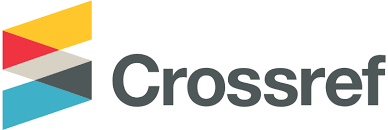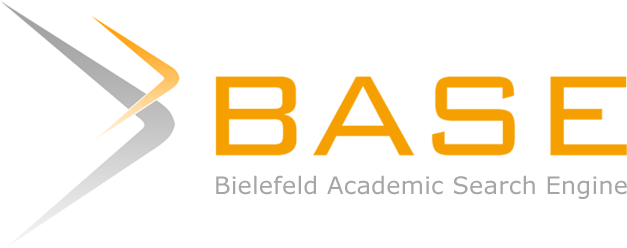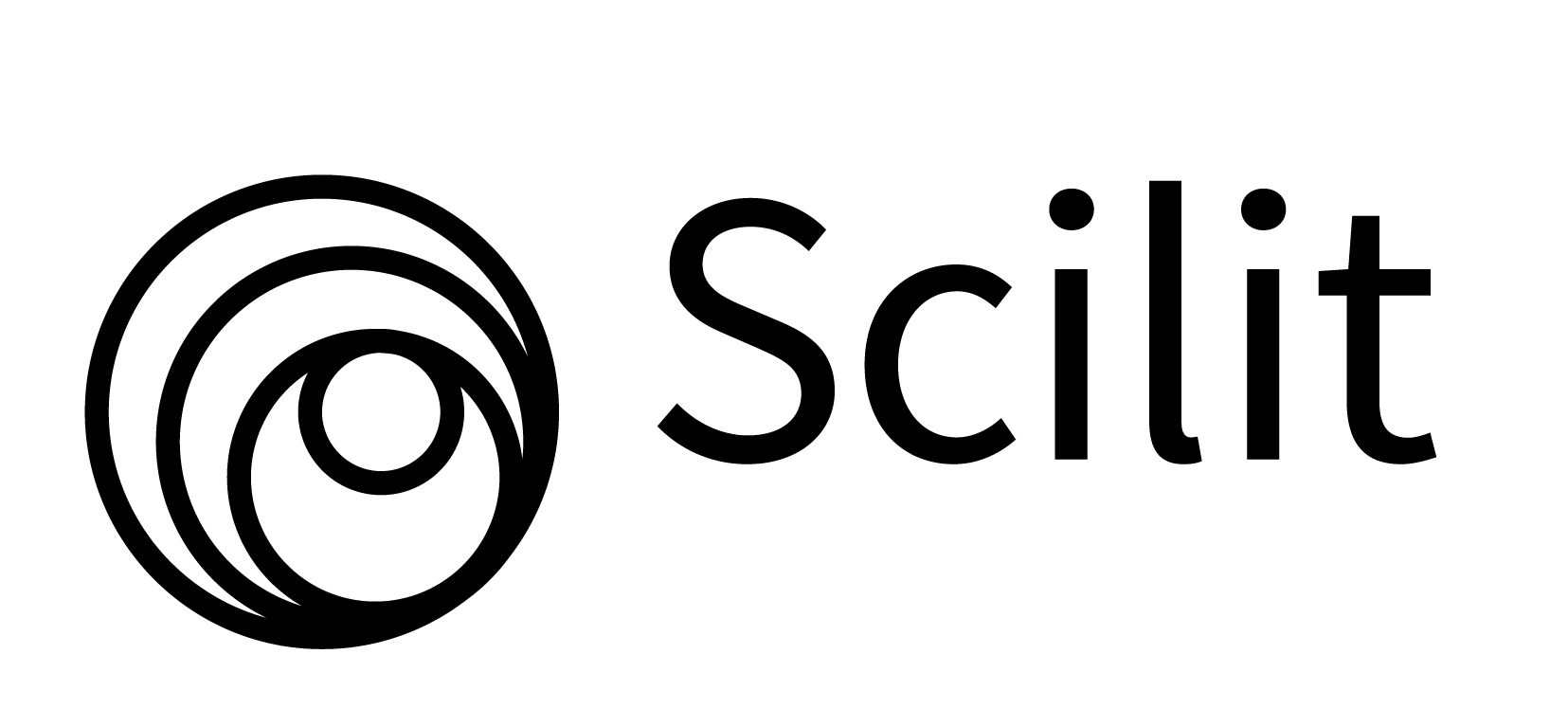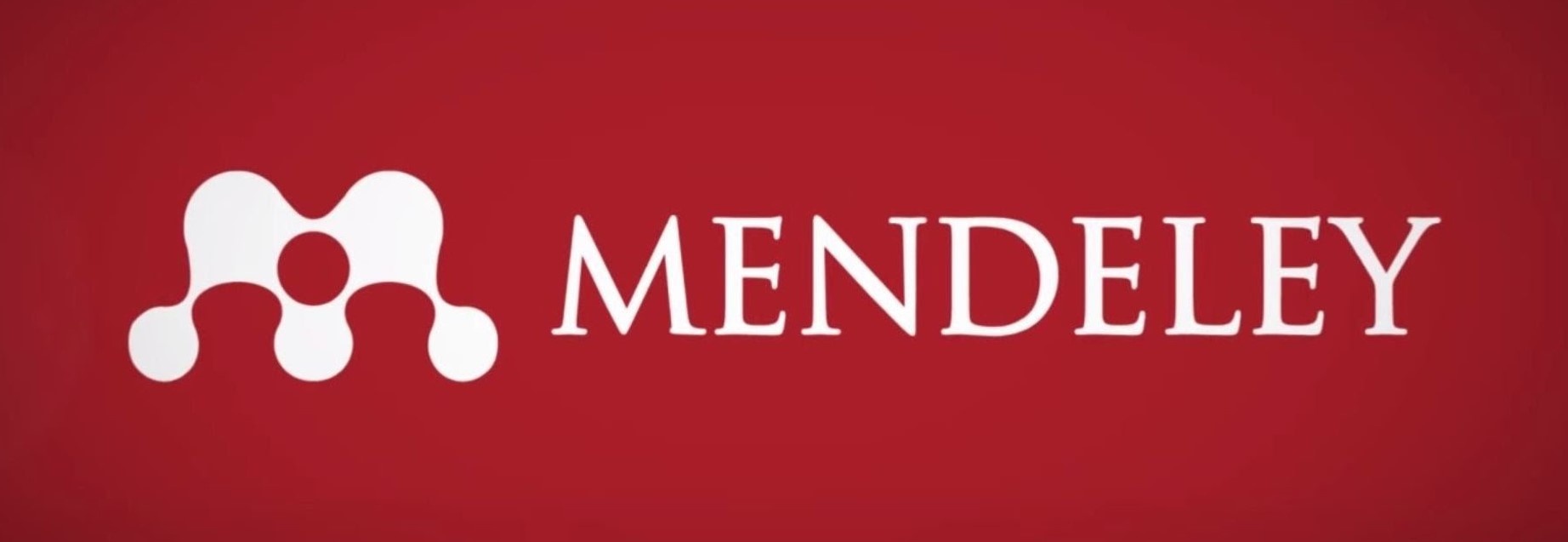The influence of using context-based optical instrument e-modules on the scientific literacy of class XI MIPA students at SMAN 12 Padang
Abstract
Since scientific knowledge is the foundation of daily living in the twenty-first century, science literacy is a crucial ability for pupils. But the level of scientific literacy of some students in Indonesia is still low. The test results at SMAN 12 Padang showed that pupils’ level of science literacy wa really low. The fact that instructors’ instructional resources are still not geared toward improving students’ science literacy is one of the reasons why science literacy remains low. One way to increase science literacy is to use context-based physics learning e-modules that are able to connect science concepts with real everyday topics or problems. This research seeks to determine the effects of utilizing optical instrument e-modules on the science literacy of class XI students of SMAN 12 Padang. This study used a control group in a quasi-experimental setup that is only tested after the test. The participants in this study were SMAN 12 Padang class XI Mipa students. The sampling process used the purposive sampling technique. The sample in this study was 35 students of class XI Mipa 3 and 36 students of class XI Mipa 4. The study’s findings come from the science literacy abilities of the students. Aspects of students' science literacy skills include science competencies, knowledge, context, and attitudes. Data collection was carried out by descriptive tests of 11 questions and questionnaires. The instruments utilized in this investigation were written tests in the form of questionnaires and descriptive inquiries. The hypothesis test’s findings yielded a computed tvalue = 4.007 and a t table value = 1.995 at a significance level of α = 0.05. Because the hypothesis is accepted at a significance level of 0.05. Considering the outcomes, it can be said thet using e-module optical instruments has a beneficial influence on the scientific knowledge of class XI Mipa students of SMAN 12 Padang.
Keywords
Full Text:
PDFReferences
Aydin, A., & Aytekin, C. (2018). Teaching Materials Development and Meeting the Needs of the Subject: A Sample Application. International Education Studies, 11(8), 27–38. https://doi.org/10.5539/ies.v11n8p27
Banjarnahor, R. E. (2022). Guru Indonesia dan Tantangan Pembelajaran Abad 21. 1–5.
Chusni, M. M., Zakwandi, R., Hasanah, A., & Malik, A. (2018). Scientific Literacy: How Is It Evolved to Pre- Service Physics Teacher? Jurnal Ilmiah Pendidikan Fisika Al-BiRuNi, 07(2), 219–226. https://doi.org/10.24042/jipfalbiruni.v7i2.2781
Desnita, D., Festiyed, F., Novitra, F., Ardiva, A., & Navis, M. Y. (2022). The Effectiveness of CTL-based Physics E-module on the Improvement of the Creative and Critical Thinking Skills of Senior High School Students. Tim Journal, 11(2), 802–810. https://doi.org/10.18421/TEM112
Doa, H., Astro, R. B., & Liu, A. N. A. M. (2021). Analisis Validitas Perangkat Pembelajaran Model OrdeP2E Untuk Meningkatkan Kemampuan Literasi Sains Siswa MAS Al-Mutaqin Wolowaru. ORBITA: Jurnal Pendidikan Dan Ilmu Fisika, 7(2), 376. https://doi.org/10.31764/orbita.v7i2.6107
Fuadi, H., Robbia, A. Z., & Jufri, A. W. (2020). Analisis Faktor Penyebab Rendahnya Kemampuan Literasi Sains Peserta Didik. Jurnal Ilmiah Profesi Pendidikan, 5, 108–116.
Hardinata, A., & Putri, R. (2019). Implementation of scientific literacy competencies pisa framework 2015 through lesson study : teacher knowledge and result discussion Implementation of scientific literacy competencies pisa framework 2015 through lesson study : teacher knowledge and resul. Journal of Physics: Conference Series. https://doi.org/10.1088/1742-6596/1317/1/012211
Lestari, I., Gultom, O. B. K., & Zebua, F. S. (2022). Penerapan Literasi Sains Dalam Pembelajaran Fisika di Era Society 5.0. Jurnal Inovasi Pendidikan Sains Dan Terapan, 1(2), 92–98.
Malikah, S., & Wafroturrohmah. (2022). Konsep Pendidikan Abad 21: Untuk Pengembangan Sumber Daya Manusia SMA. Jurnal Ilimiah Ilmu Pendidikan, 5(7), 2609–2614.
Mardhiyah, R. H., Aldriani, S. N. F., & Chitta, F. (2021). Pentingnya Keterampilan Belajar di Abad 21 sebagai Tuntutan dalam Pengembangan Sumber Daya Manusia. Jurnal Pendidikan, 12(1), 29–40.
Murti, W. W., & Sunarti, T. (2021). Pengembangan Instrumen Tes Literasi Sains Berbasis Kearifan Lokal Di Trenggalek. ORBITA: Jurnal Kajian, Inovasi Dan Aplikasi Pendidikan Fisika, 7(1), 33. https://doi.org/10.31764/orbita.v7i1.4386
Muzijah, R., Wati, M., & Mahtari, S. (2020). Pengembangan E-modul Menggunakan Aplikasi Exe-Learning untuk Melatih Literasi Sains. 4(2), 89–98.
Novitasari, N., Lentika, D. L., Asfiyah, M. H. Z., Maghfiroh, D. R., & Admoko, S. (2022). Pengembangan Lkpd Model Pembelajaran Argument Driven Inquiry Untuk Meningkatkan Keterampilan Literasi Sains Siswa. ORBITA: Jurnal Pendidikan Dan Ilmu Fisika, 8(1), 84. https://doi.org/10.31764/orbita.v8i1.8412
Nurhasanah, N., Jumadi, J., Herliandry, L. D., Zahra, M., & Suban, M. E. (2020). Perkembangan Penelitian Literasi Sains Dalam Pembelajaran Fisika Di Indonesia. Edusains, 12(1), 38–46. https://doi.org/10.15408/es.v12i1.14148
Pratiwi, S. N., Cari, C., & Aminah, N. S. (2019). Pembelajaran IPA Abad 21 dengan Literasi Sains Siswa. Jurnal Materi Dan Pembelajaran Fisika, 9(1), 34–42.
Sugiyono. (2017). Metode Penelitian Kuantitatif, Kualitatif, dan R&D. Bandung: Alfabeta.
Sutrisna, N. (2021). Analisis Kemampuan Literasi Sains Peserta Didik SMA di KOta Penuh. Jurnal Inovasi Penelitian, 1(12), 2683–2694.
Yusmar, F., & Fadilah, R. E. (2023). Analisis Rendahnya Literasi Sains Peserta Didik Indonesia: Hasil PISA dan Faktor Penyebab. LENSA (Lentera Sains): Jurnal Pendidikan IPA, 13, 11–19. https://doi.org/10.24929/lensa.v13i1.283
DOI: https://doi.org/10.31764/orbita.v11i1.28799
Refbacks
- There are currently no refbacks.

This work is licensed under a Creative Commons Attribution-ShareAlike 4.0 International License.
______________________________________________________
ORBITA: Jurnal Pendidikan dan Ilmu Fisika
p-ISSN 2460-9587 || e-ISSN 2614-7017
This work is licensed under a Creative Commons Attribution-ShareAlike 4.0 International License.
EDITORIAL OFFICE:


























